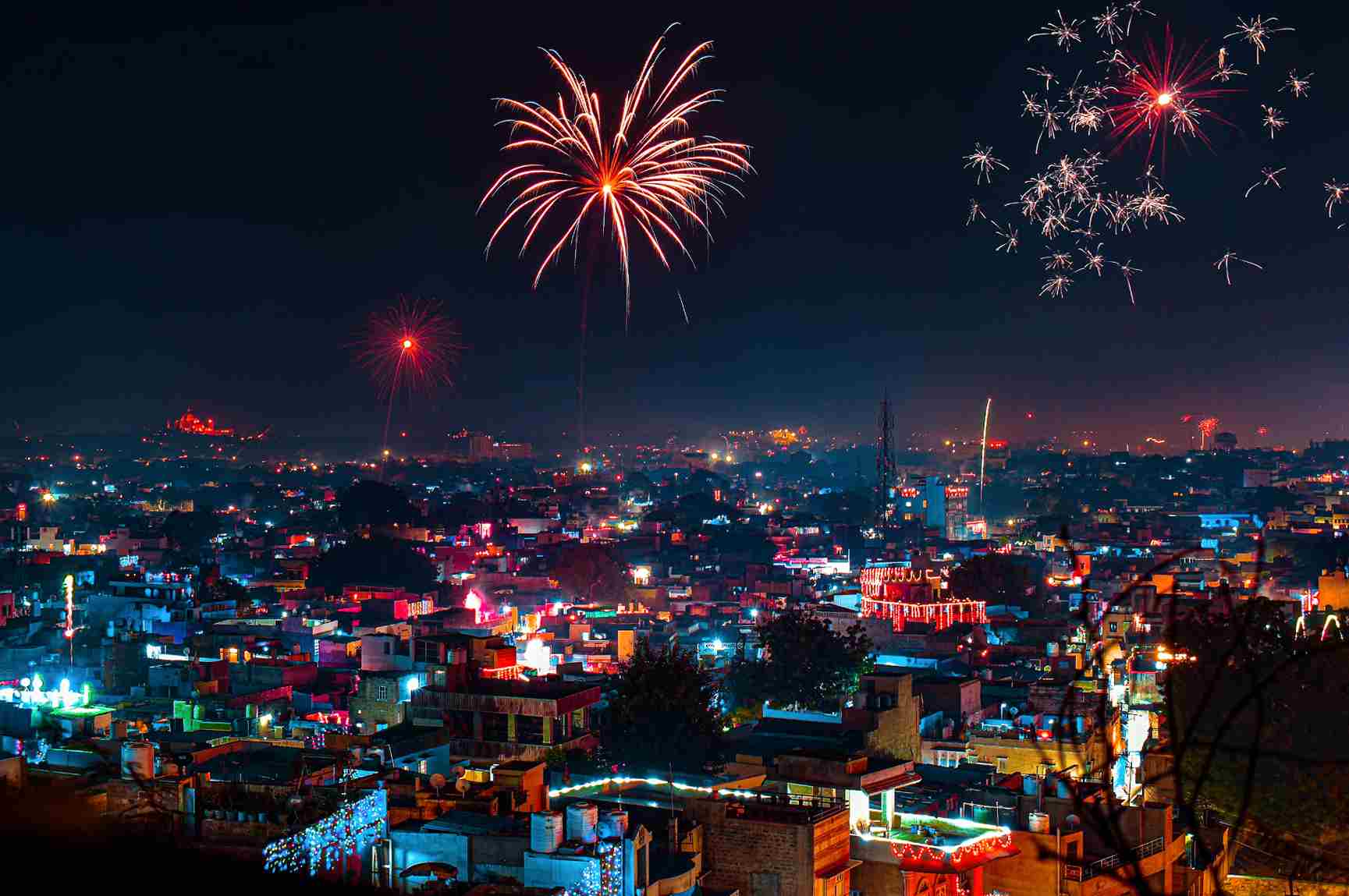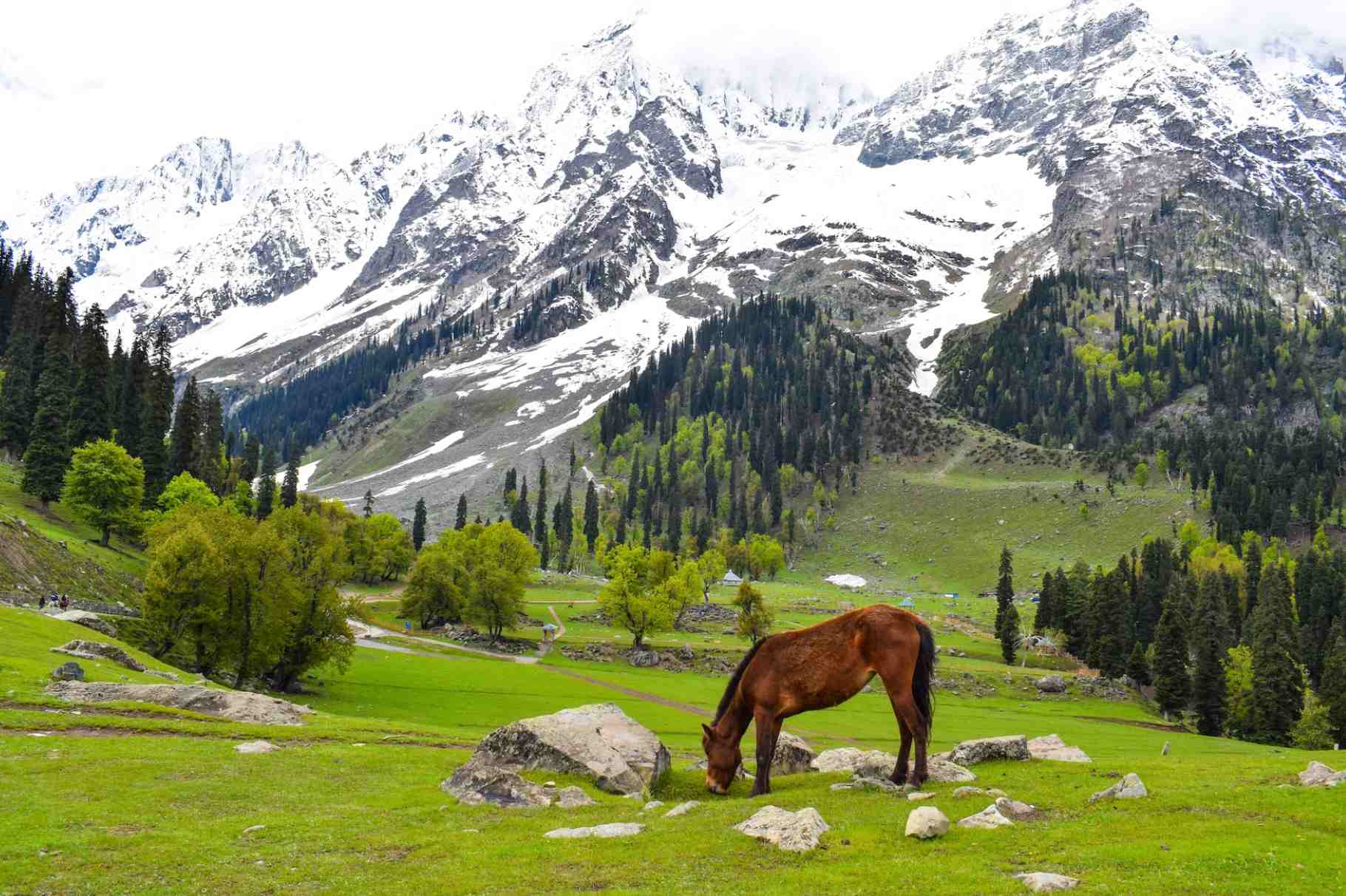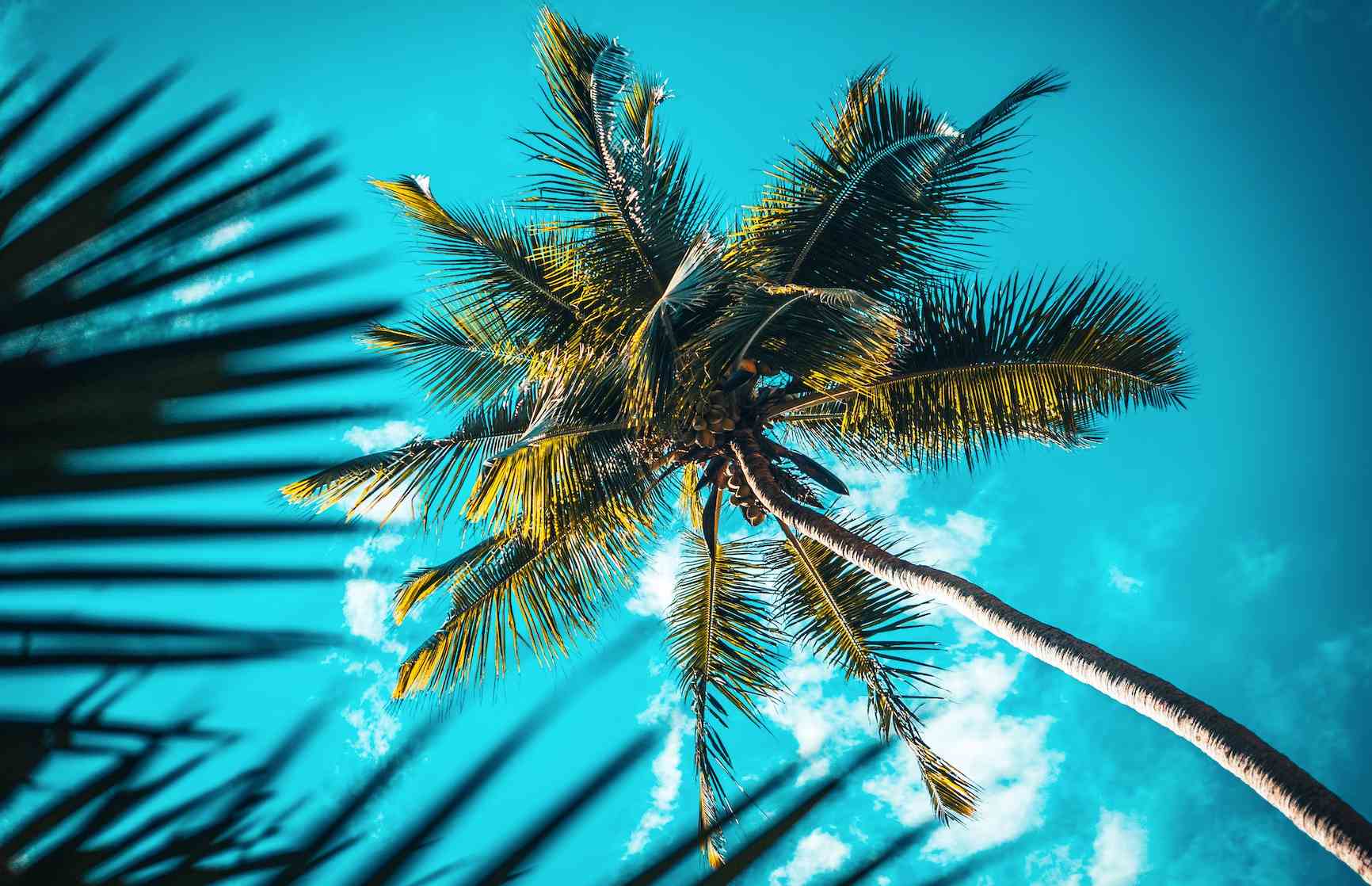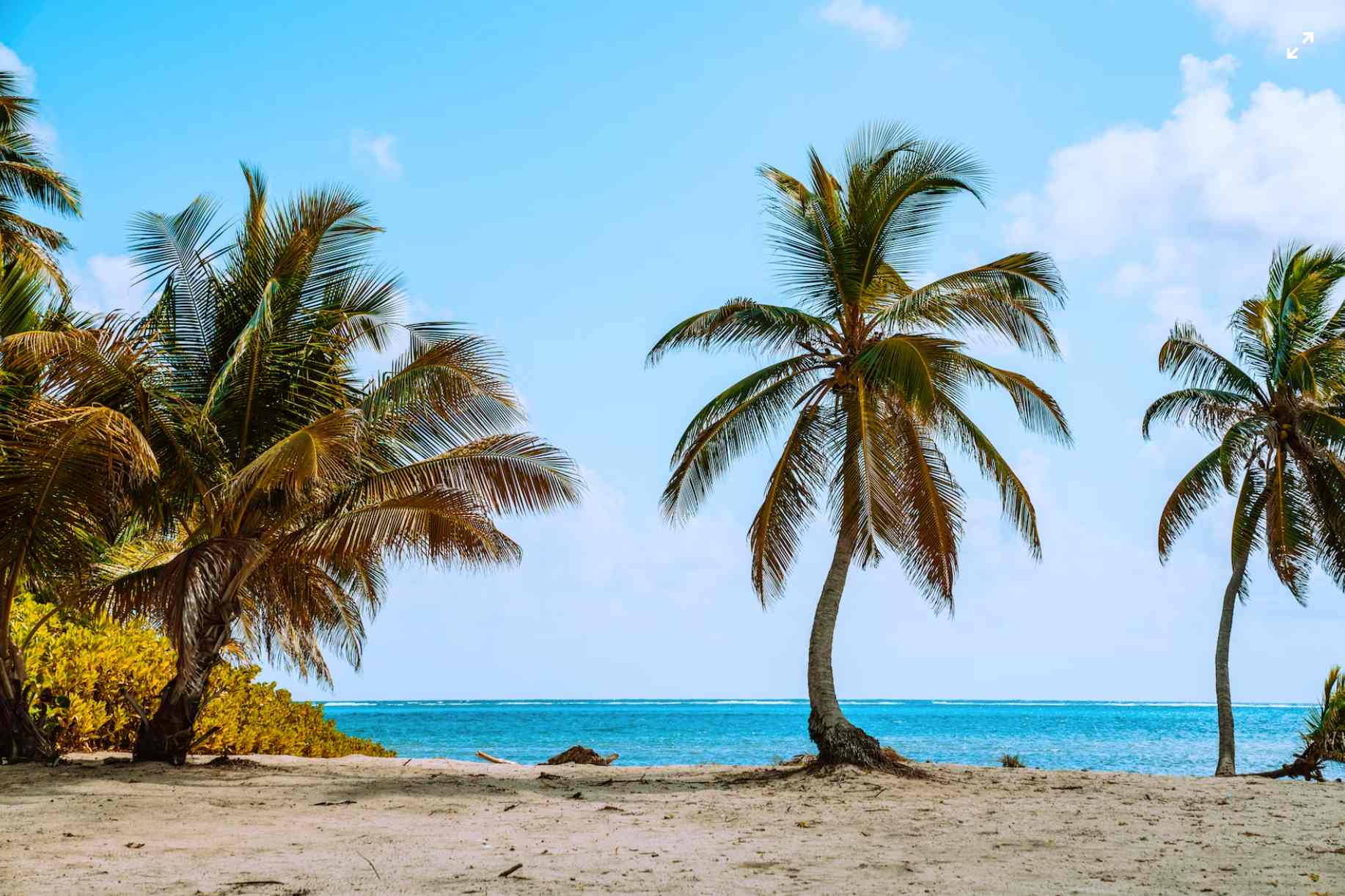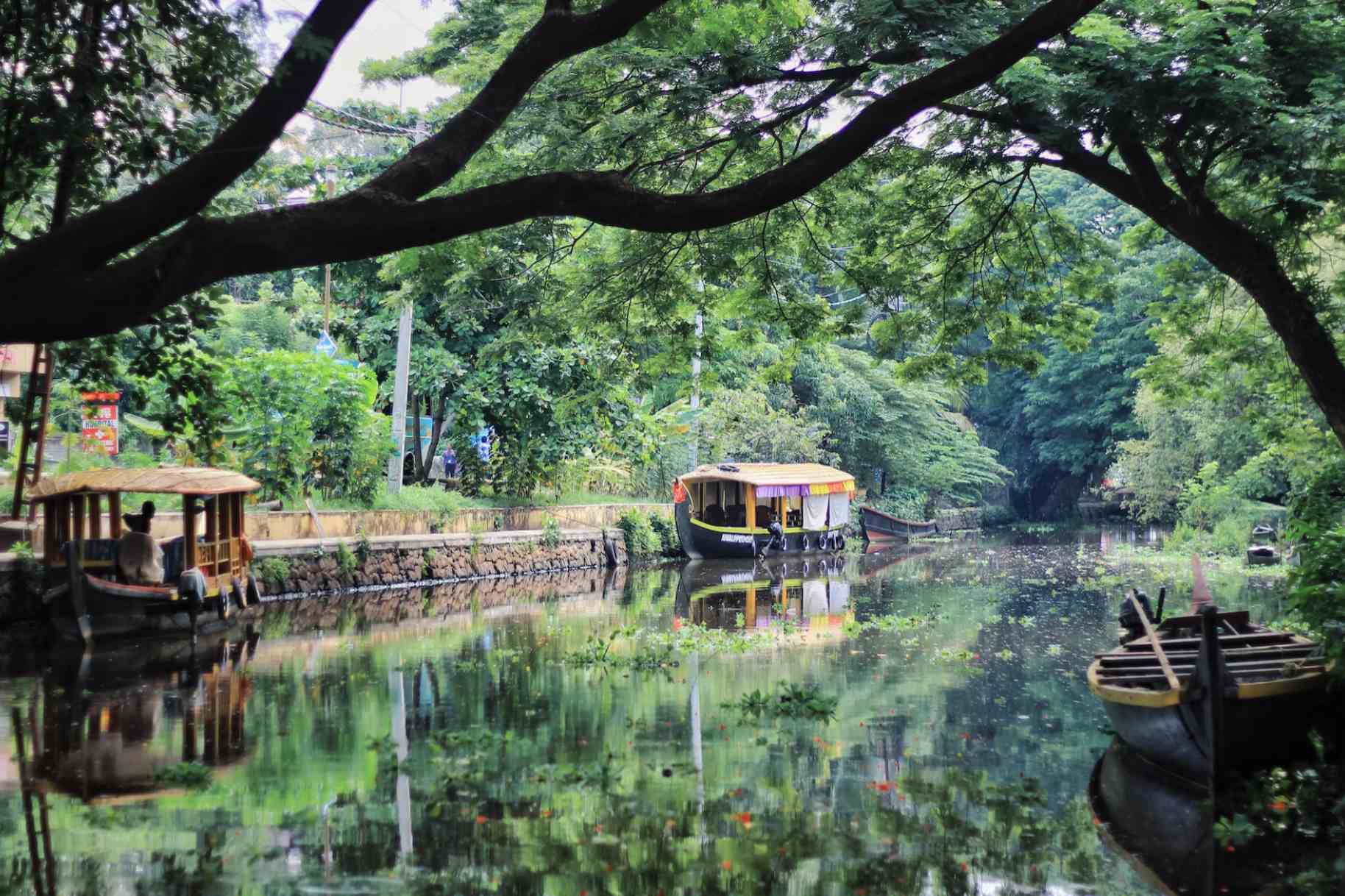Everything you need to know about Theyyam - A Fascinating Ritual Art of North Kerala
Theyyam is a vibrant and captivating ritual art form that is native to the northern part of Kerala, India. It is a form of worship that combines dance, music, and elaborate costumes to bring the gods and goddesses of the Hindu pantheon to life. The performers, called Theyyam artists, are believed to be possessed by the deity they are portraying during the performance.
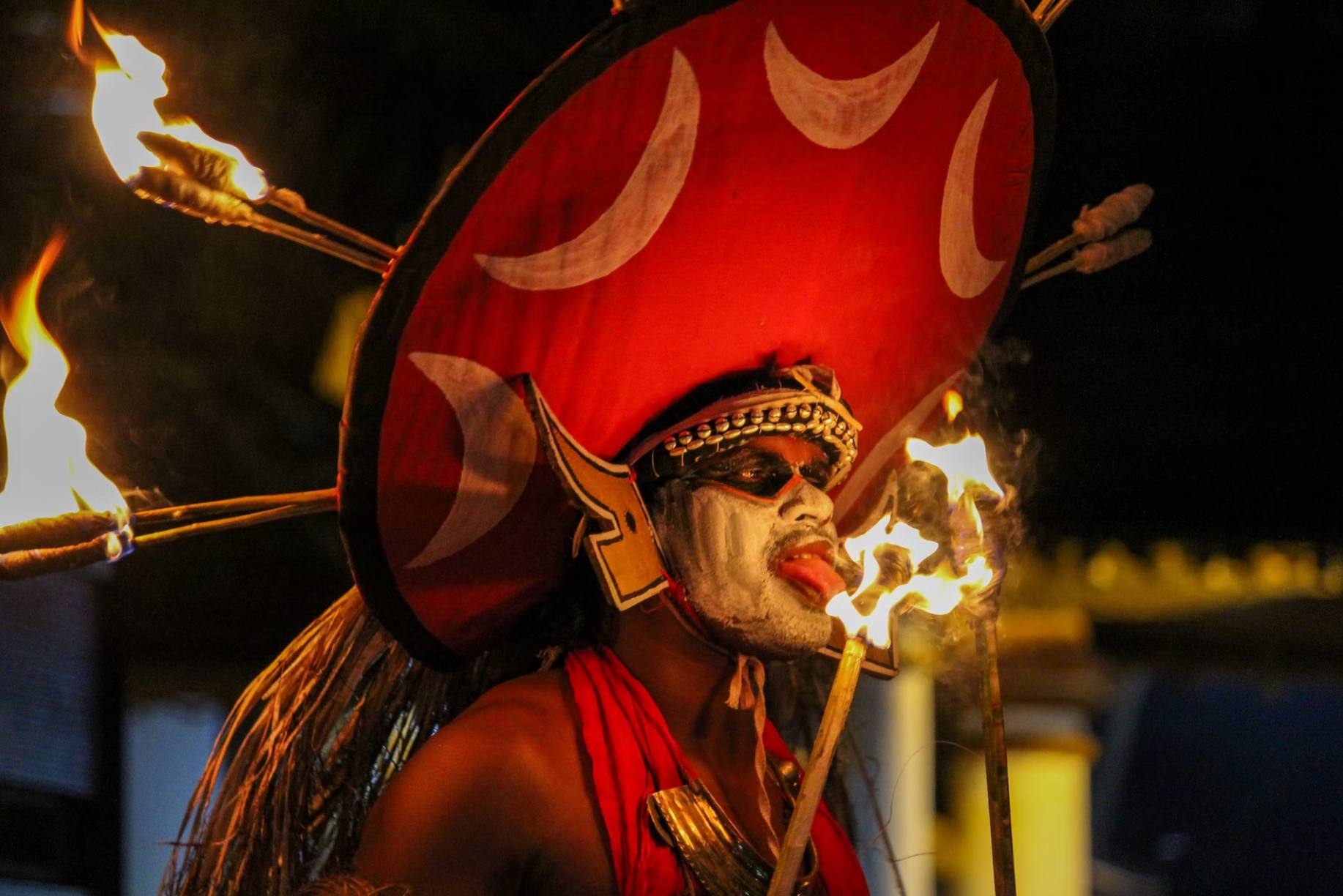
Where to See Theyyam
Theyyam is typically performed in the temples and kavus (sacred groves) of North Kerala, especially in the districts of Kannur, Kasaragod, and Wayanad. Some of the popular temples and kavus where Theyyam is performed include:
Madayi Kavu Temple, Kannur
Payyannur Sri Subramanya Swami Temple, Payyannur
Thiruvarkadu Bhagavathy Temple, Nileshwaram
Kottiyoor Mahadeva Temple, Kannur
Parassinikkadavu Muthappan Temple, Kannur
Thiruvangad Sree Ramaswamy Temple, Thalassery
Chengalathu Bhagavathy Temple, Kasaragod
Chembra Sri Bhoothanatha Swami Temple, Payyanur
Elamkavu Bhagavathy Temple, Vaikom
Peralassery Sri Subramanya Swami Temple, Kannur
These are just a few examples, as there are many more temples and kavus where Theyyam is performed. It is important to check with the local authorities or the temple authorities for the latest schedule and timings of the performances.
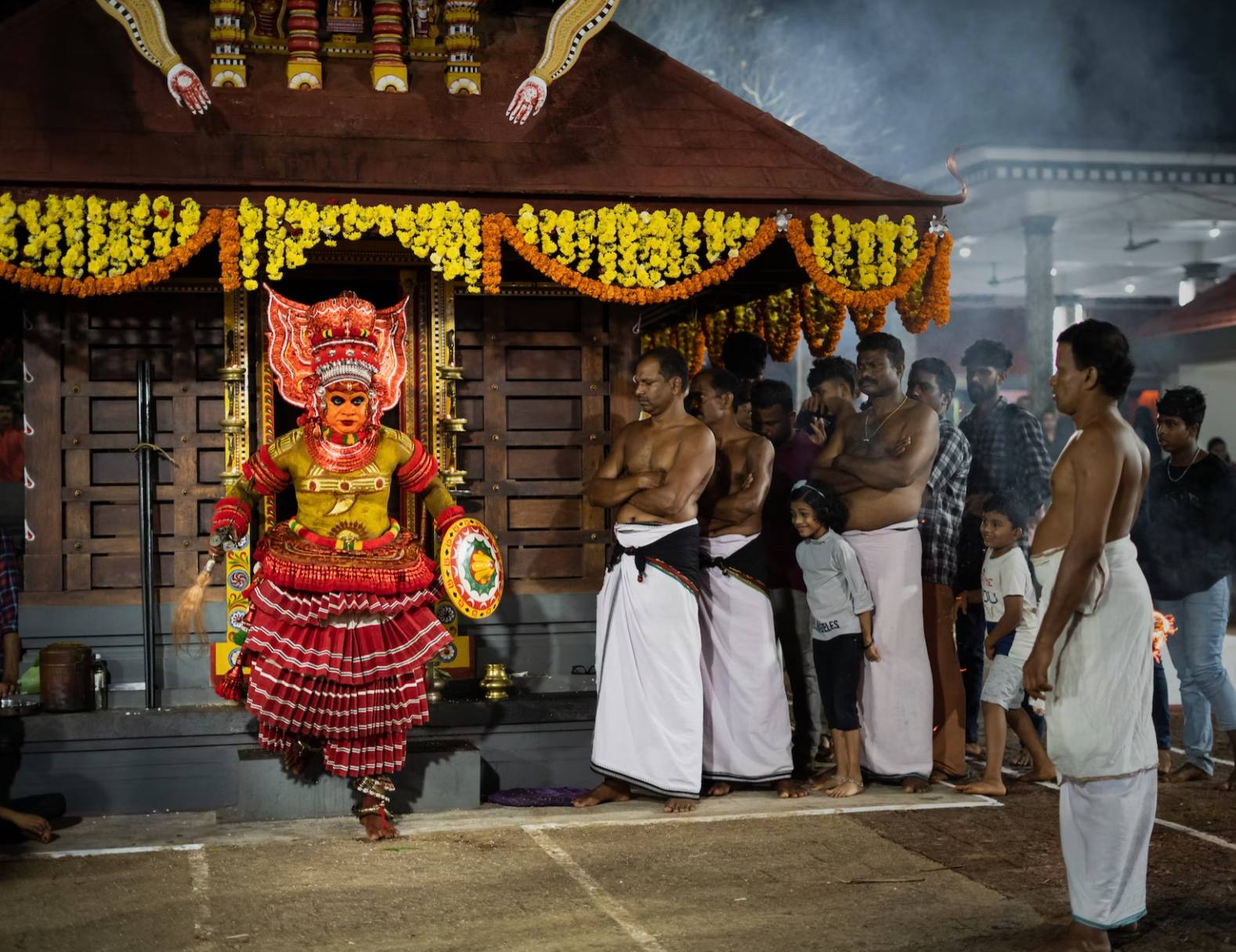
Schedule and Timings of Theyyam Performances
The schedule and timings of Theyyam performances can vary depending on the temple or kavu and the specific Theyyam being performed. However, in general, most Theyyam performances take place during the early hours of the morning, before sunrise, and can last for several hours.
For example, Theyyam is performed at the Madayi Kavu Temple throughout the year, with the peak season being from November to March. The performances usually start early in the morning, at around 5 or 6 am, and can last for several hours. Theyyam is performed at the Payyannur Sri Subramanya Swami Temple from November to April, with performances starting at around 4 am and continuing until late in the evening.
At the Kottiyoor Mahadeva Temple, Theyyam is performed during the Vysakha Mahotsavam festival, which usually falls in May-June. The performances start early in the morning and can continue until late in the evening. At the Parassinikkadavu Muthappan Temple, Theyyam is performed throughout the year, with the peak season being from November to March. The performances usually start at around 5 or 6 am and can last for several hours. At the Thiruvangad Sree Ramaswamy Temple, Theyyam is performed during the Thiruvathira festival, which usually falls in December-January. The performances start early in the morning and can continue until late in the evening.

Theyyam - a Spiritual Experience
Theyyam is not just a form of entertainment or performance, but is also considered a form of devotion and spiritual experience. Many people believe that by witnessing the Theyyam performance, they are connecting with the divine and receiving blessings from the deity being portrayed.
Elaborate Costumes and Makeup
The costumes and makeup worn by the Theyyam performers are elaborate and colorful, often taking several hours to prepare. Each costume is unique and reflects the symbolism and meaning of the particular Theyyam being performed.
Music and Atmosphere
The music played during the Theyyam performance is an important part of the ritual, with traditional instruments such as chenda, maddalam, and elathalam being used to create a hypnotic and trance-like atmosphere.
Origins and Traditions
The origin of Theyyam can be traced back to the prehistoric animistic and shamanistic beliefs of the region, which were later absorbed and adapted by Hinduism. As a result, many of the Theyyam performances have elements of both indigenous and Vedic traditions.
Promoting and Preserving Theyyam
While Theyyam is primarily performed in North Kerala, it has gained popularity and recognition throughout India and the world as a unique and fascinating art form. In recent years, there have been efforts to promote and preserve the tradition, with initiatives such as the Theyyam Museum and Research Centre in Kannur.
The Larger Context of Theyyam Festivals
Theyyam is not just a one-time event, but is part of a larger cycle of rituals and festivals that take place throughout the year. Many of the temples and kavus where Theyyam is performed have their own annual festivals and celebrations, which include various other rituals, processions, and cultural activities.
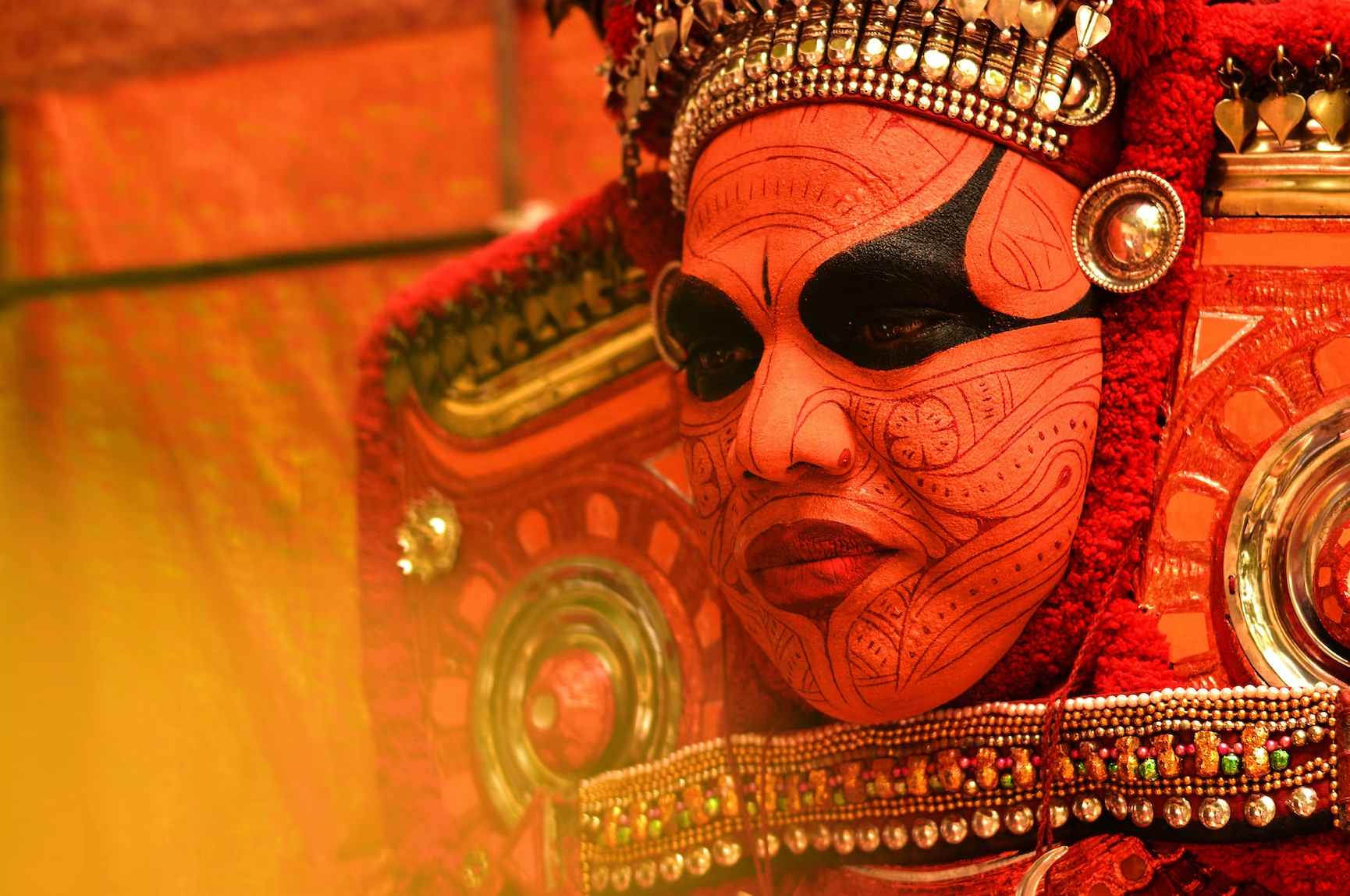
Tips for Watching Theyyam Performances
Here are some tips to make the most of your experience of watching Theyyam performances:
Dress modestly and conservatively, as it is a religious ceremony.
Remove your shoes before entering the temple or kavu.
Be respectful of the performers and the locals.
Avoid using flash photography or recording videos during the performance, as it can distract the performers and ruin the experience for others.
Stay hydrated and carry enough water and snacks as the performances can be quite long.
Check with the local authorities or the temple authorities for the latest scheduleand timings of the performances, as they may change from year to year.
It is recommended to arrive early to get a good view of the performance, as they can get crowded.
Hire a local guide to help you understand the meaning and significance of the different Theyyam performances, as there are many variations and each one has a unique story and symbolism.
Respect the traditions and customs of the place and avoid littering or damaging any property.
Theyyam is a unique and mesmerizing ritual art form that is deeply rooted in the culture and traditions of North Kerala. It is a must-see for anyone interested in Indian folklore, mythology, and ancient rituals. By following the tips above and planning your visit carefully, you can have a truly unforgettable experience of watching the Theyyam performances in person.
Disclaimer: Sneakout claims no credit for images featured on our blog site unless otherwise noted. All visual content is copyrighted to its respectful owners.











